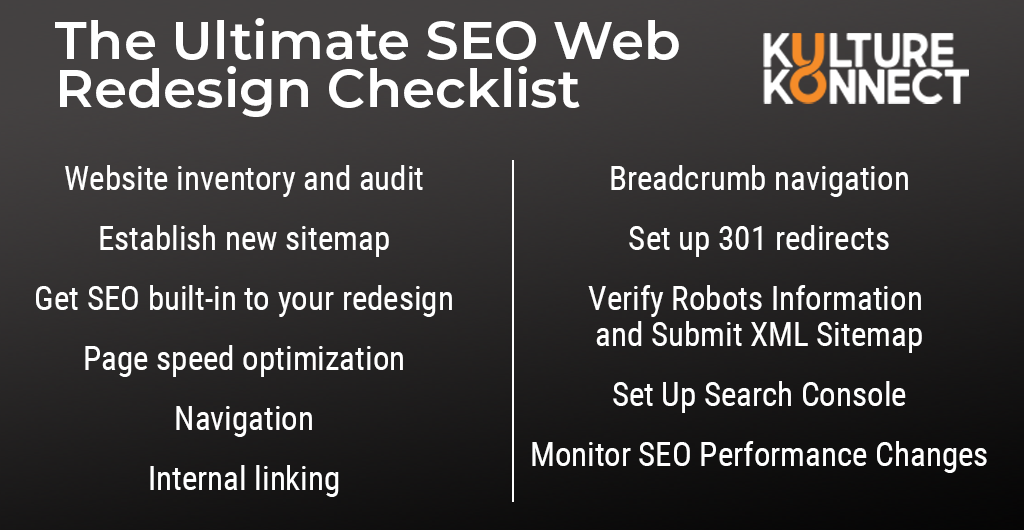
Cutting-Edge Marketing to Grow Your Business.

Your website looks great. The design flows seamlessly, all of the visual elements seem to be working together perfectly, and the appearance reflects your company’s desired brand image exactly the way you want.
But website visitors aren’t coming.
No matter how fantastic a new website redesign looks, it’s hardly effective if potential customers aren’t visiting your site and interacting with your company’s content. And that’s where SEO strategy comes in.
A well-developed SEO strategy can boost your website traffic, leads, and sales, helping launch your businesses towards success.
But how does it all work and why is it so important?
An SEO strategy is composed of a lot of different things, but the main idea of SEO is to structure your website in ways that improve ranking on search engines. SEO can generally be broken down into two categories–on-site SEO and off-site SEO. While on-site SEO deals with SEO components on the site itself, such as title tags, meta descriptions, content writing, and site structure, among others, off-site SEO includes all of the external factors that impacts site ranking, such as link building, local SEO, and social media mentions, among others. A solid SEO strategy that combines a variety of these on-site and off-site factors is a marketing investment that pays off by increasing your website’s exposure and bringing in new web visitors to your site.
Not considering SEO in your website’s marketing strategies is highly damaging—it can result in a loss of traffic and reduced sales. But doing SEO the right way can optimize your site for both search engines and target audience alike, increasing sales, traffic, and revenue.
That’s why, when it comes to lead generation and attracting prospects, having a SEO strategy in place can be one of the most important aspects of a website redesign.

While making an SEO strategy might seem easy—after all, it’s only words, right—there’s a lot more research and effort that goes into perfecting the most useful SEO strategy than that. Which is why we’ve created this ultimate SEO checklist for your company’s website redesign.
In order to optimize your website for search engines and draw in more visitors and leads, building an SEO strategy is a must. By carefully following these crucial tips during your website’s redesign, your company will be better set up for success.
If there’s anything that SEO strategy has shown, it’s that using the right words can make all the difference on your website’s performance. That’s why next Thursday we’ll be taking an in-depth look at the importance of a call-to-action (or CTA) in your website redesign!



Lorem Ipsum is a simple dummy text used as a dummy text contents. Lorem ipsum will be replaced. Lorem Ipsum is a simple dummy text used as a dummy text contents. Lorem ipsum will be replaced.Lorem Ipsum is a simple dummy text used as a dummy text contents. Lorem ipsum will be replaced.




